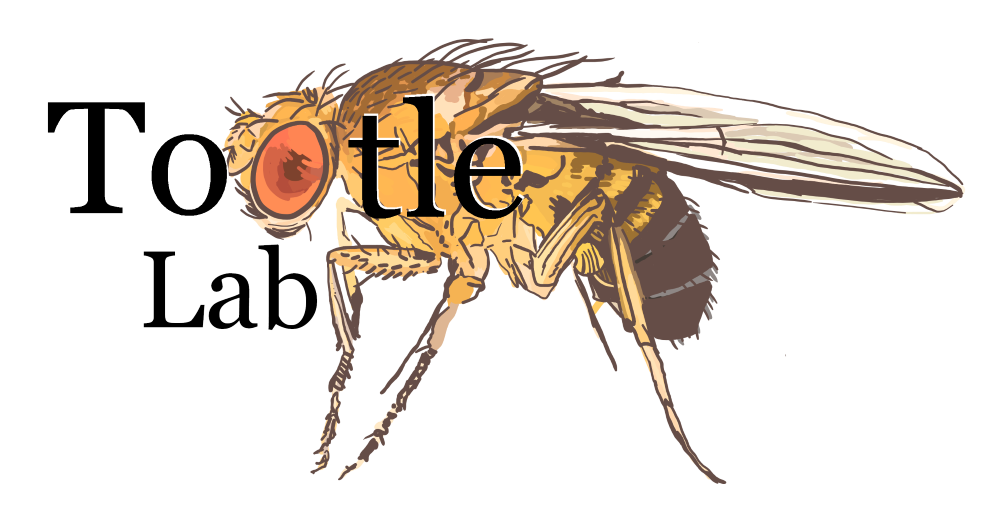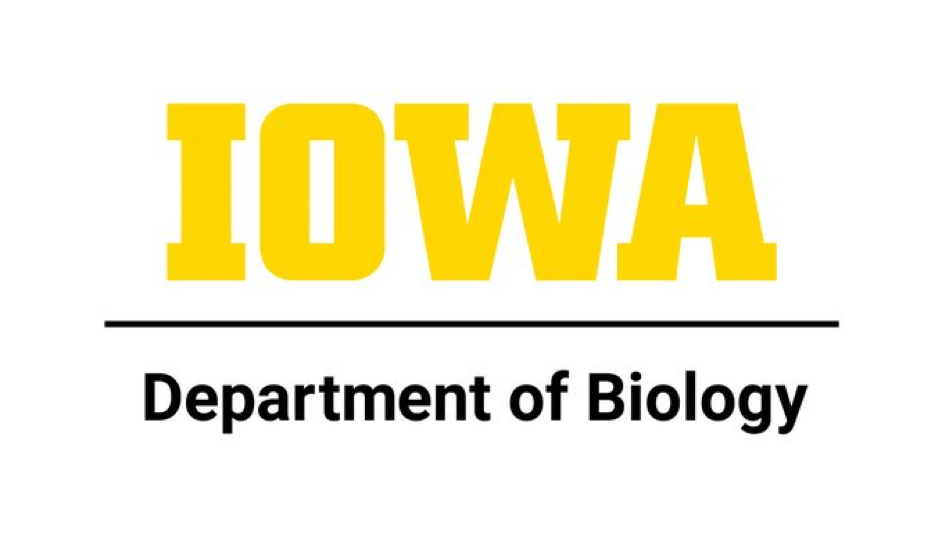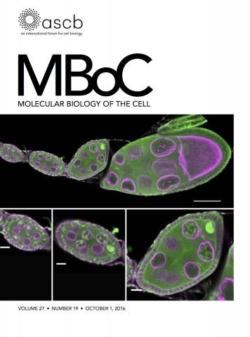
Scientific philosophy:
Follow the data where it leads you, especially when it wasn’t what you expected to find.
The moment I knew a career in science was for me:
As a high school student I had the amazing opportunity to work at the National Institute for Mental Health. The main project I worked on was studying whether phenylethylamine was a neurotransmitter using rats as a model. While this was an exciting projectto work on, it involved a lot of biochemistry, organic extractions, and mass spectrometry – which are somewhat hard to relate to as a high school student. However, while I was working in the lab a visiting scientist allowed me to assist him on a simple experiment. This involved going into a clean room where he was growing neurons from human nasal passages in a dish! The moment I looked at the neuron through the microscope, I was hooked. I continue, now almost 3 decades later, to be amazed every time I look through a microscope.
Education:
I received my B.S. with High Honors in Microbiology from the University of Maryland, College Park. During my time at Maryland, I worked for 2.5 years in the laboratory of Dr. Jane Glazebrook. The Glazebrook lab utilizes Arabidopsis, a plant genetic model system, to study plant pathogen interactions. As it was a small lab, I had the opportunity to have my own project, and present in lab meetings, joint group meetings, and a national meeting. This experience made me decide to go to graduate school.
Because I graduated a semester early, I worked for 8 months as a technician in the laboratory of Dr. Soichi Tanda. The Tanda lab uses Drosophila as a model. This was my first exposure to using flies.
I received by Ph.D in Biology from the Massachusetts Institute for Technology. My mentor was Dr. Ilaria Rebay. In the Rebay lab, I utilized Drosophila to study Yan, a transcriptional repressor regulated by the EGFR/Ras/MAPK pathway, and defined a new biochemical function for the transcriptional co-activator Eyes Absent (Eya) as a tyrosine phosphatase.
My postdoctoral work was performed in the laboratory of Dr. Allan Spradling at the Carnegie Institution for Science, Department of Embryology. It was there I began the project I now continue in my own laboratory – defining the molecular mechanisms of prostaglandin action using Drosophila.
UIowa:
Research directions have been continually expanding in surprising directions. The lab started with a focus on understanding how prostaglandins regulate actin cytoskeletal dynamics to drive follicle morphogenesis. From there we have discovered new targets of prostaglandin signaling, including Enabled and Fascin. One line of current research is focused on understanding the roles of prostaglandins and Fascin in the invasive and collective migration of the border cells – from defining the cell-specific roles of individual prostaglandins to understanding mechanical signaling between the substrate and the migrating cells, including force transmission to the nucleus.
Another current research area is focused on uncovering the developmental roles of nuclear actin during oogenesis. Recent work reveals prostaglandins limit nuclear actin to control nucleolar activity, and polymeric nuclear actin is essential for germline stem cell maintenance.
The third research area in the lab is a collaboration with the Welte Lab at the University of Rochester studying the roles of lipid droplets during oogenesis. Unexpectedly, we find that multiple lipid droplet associated proteins regulate actin remodeling necessary for follicle morphogenesis.
Outside of research, I have been active in graduate program education and STEM outreach.
In summer (2023), the lab moved – less than a mile – from the Anatomy and Cell Biology Department in the College of Medicine to the Biology Department in the College of Liberal Arts and Sciences. There, I am the Department Chair, where I am excited to support new opportunities in undergraduate and graduate education, develop postdoctoral scholar training programs, recruit and mentor faculty, and so much more!


